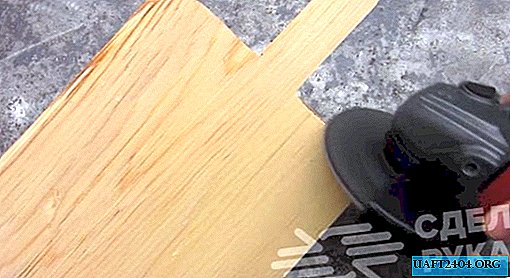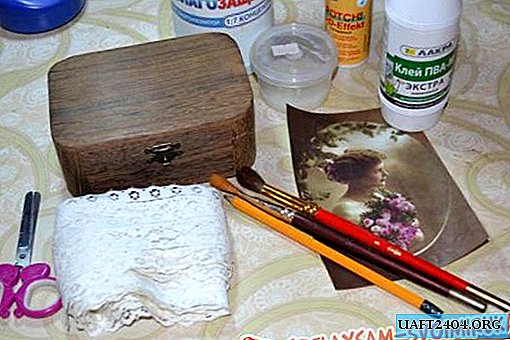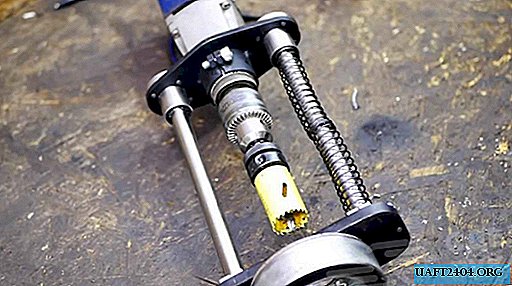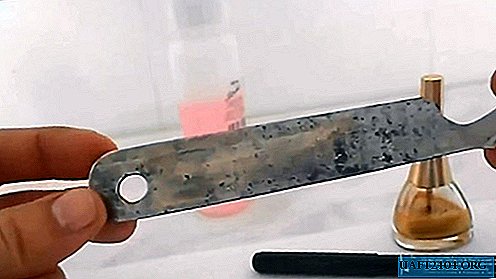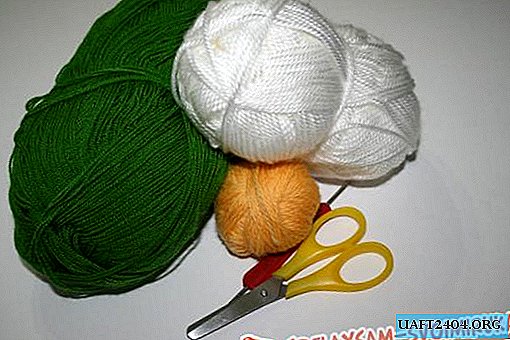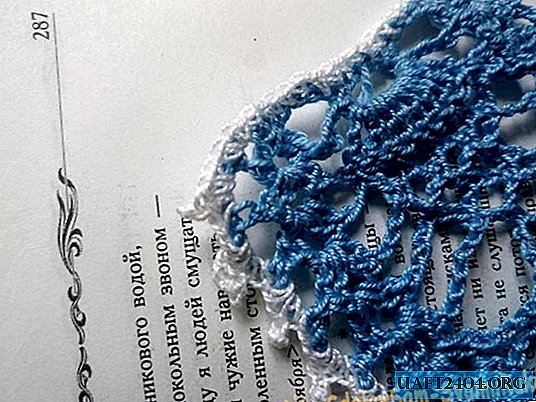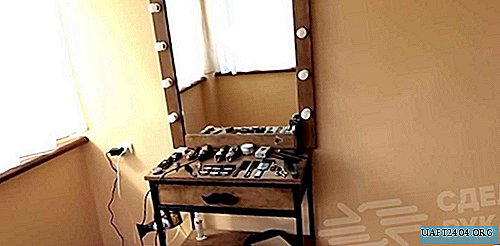Share
Pin
Tweet
Send
Share
Send
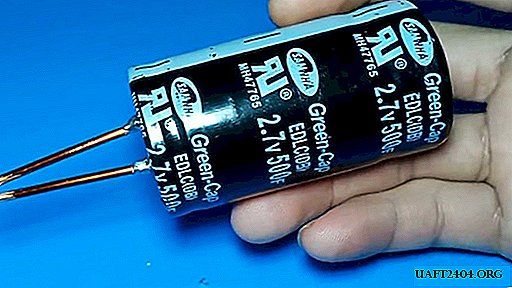
Surely, when working with batteries to replace them, you needed resistance welding. Since lithium-ion batteries are very undesirable to solder with ordinary solder, there is a danger of overheating. Buying or crafting expensive equipment for two or three cases is definitely not profitable and costly. But such a resistance welding machine is available to absolutely everyone. After all, it essentially consists of only one part, called a supercapacitor.
This is almost the same capacitor, only high capacity. It has all the same advantages as a conventional capacitor.
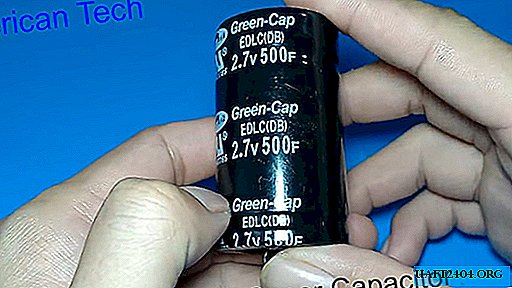
Will need
- Supercapacitor (ionistor) voltage of 2.7 V and a capacity of 500 F.
- Thick wire with a cross section of at least 2 square meters. mm
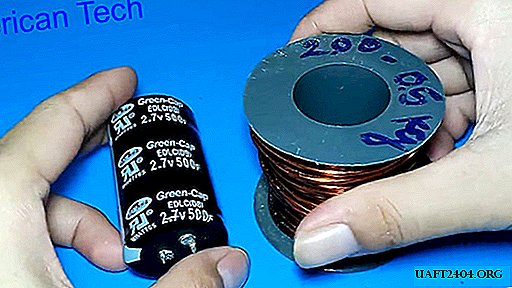
Production of the simplest apparatus for resistance welding from a supercapacitor
We unwind a coil of wire and cut two identical pieces of 5-7 cm in length.
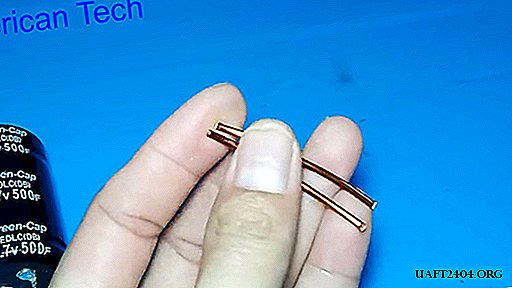
We straighten them to nippers or pliers so that they are very even. Now, on the one hand, at each segment with a file we clean the edge, removing the varnish insulation.

And on the other hand we make a spearhead.
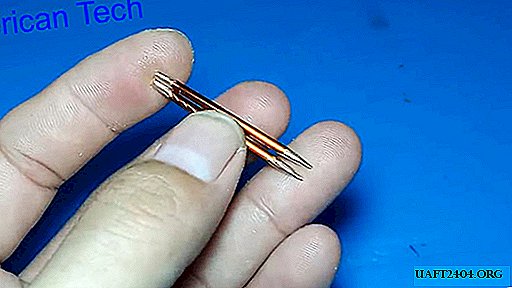
Tearing the contacts of the ionistor
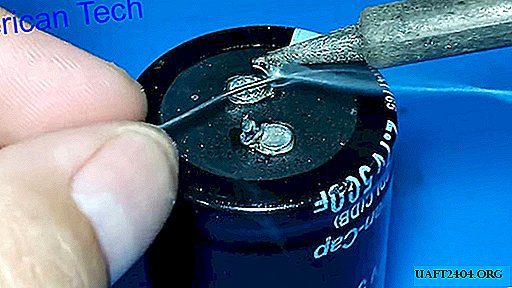
We tear the bare and dull ends of the pieces of copper wire.

Solder the segments to the contacts of the supercapacitor.

The resistance welding machine is completely ready!

It remains only to bend the output with pliers so that there is a minimum distance between the tip of 2-3 mm.
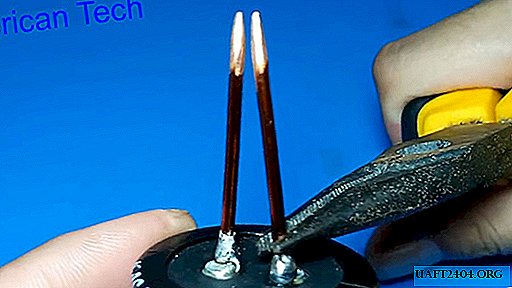
We charge with a current of 5 A.
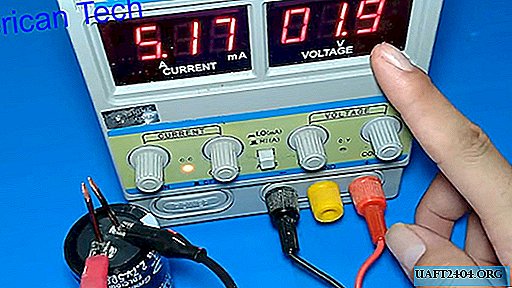
The voltage should not exceed 2.7 V. Although, as you see in the photo, I have it more than one tenth. This is certainly not critical, but it’s better not to risk it.

Charging lasted about 15 minutes.
Contact welding
Now let's figure out how to weld. Since our device is impossibly simple, it cannot regulate the pulse length. The whole task thereby falls on you. Therefore, exposure will have to be done intuitively.
Here is an example of how to solder a metal strip to a battery. Put the strip on the battery. Now we bring the contacts of the device and thereby quickly close it.
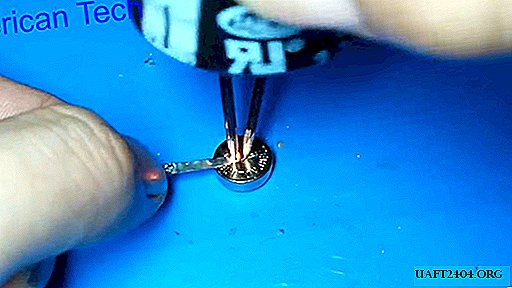
We hold it for about 0.5 seconds and quickly remove it so as not to burn the connection.

Everything was welded perfectly.
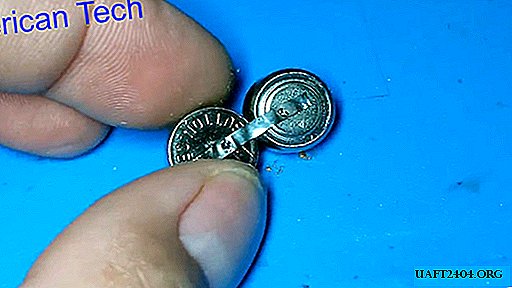
The first time it’s better not to weld - be sure to practice.
We weld the blade:
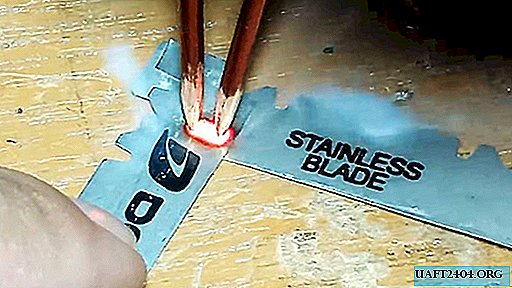
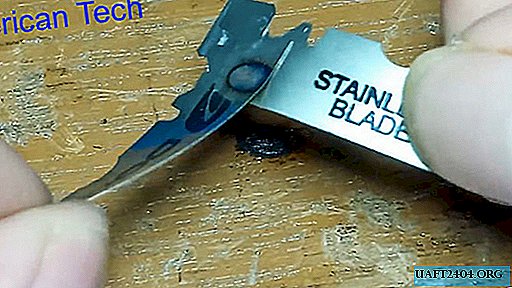
All reliably and definitely will not fall off. Make the main emphasis on training, and then everything will go like clockwork. One charge of the ionistor is enough for a dozen such welds.
Share
Pin
Tweet
Send
Share
Send

